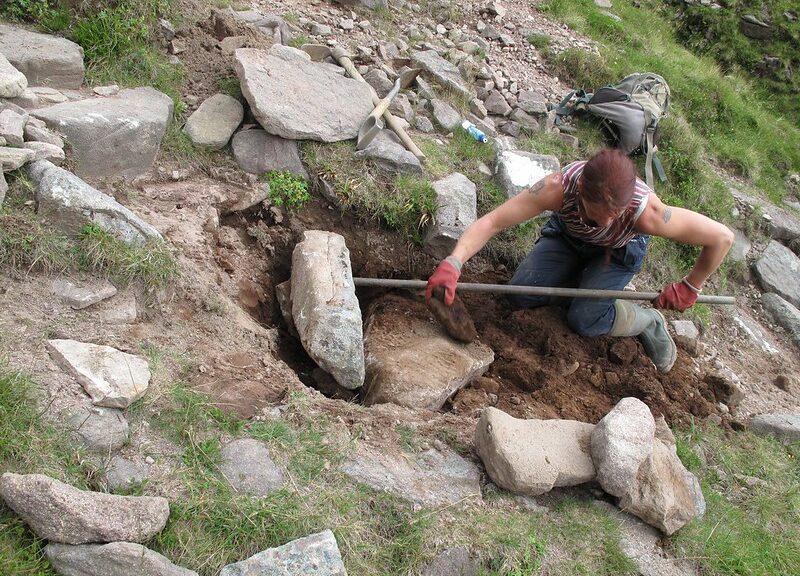
MINDFUL ROAD-BUILDING
Lately I’ve been stumbling around after tripping over a mind-game construct called “doing a mindset reset.”
Apparently, it’s based on pretty recent neurological studies that the guys and gals in lab coats say reveal the inherent “plasticity” of a human brain’s ability to control our body’s functions, actions and all that.
There are all kinds of big words and dizzy-making charts and boring numbers and, as usual, my poet-brain goes to sleep when I try to think on them. The best I can do with all this stuff is to come up with yet another story. So, here goes….
BUILDING NEURAL PATHWAYS TO SURVIVAL
One of the major super-powers a human possesses (the people in white lab coats say) is an amazing ability to adapt to all kinds of diverse circumstances and situations in our consensus-world.
We can survive almost any kind of adversity. It’s our biggest “thing.”
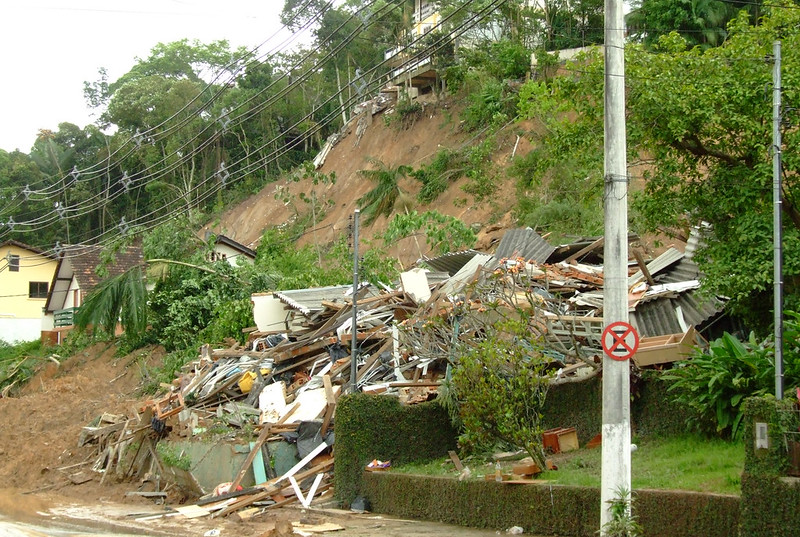
What we do (or don’t do) is the result of the movement of our impulses and thoughts that scoot down neural pathways that start in our brain and run through our whole bodies.
The coolest thing about these neural pathways is that every one of us can build new ones for our own thoughts and impulses.
We can shift around the courses of the pathways and we can use them to develop new patterns of actions and behaviors. We can do all kinds of tricks with some pretty basic body chemical reactions that affect our body tissues and muscles and all that.
It’s like each of us has our own Department of Transportation road-building crews working on all of these pathways of ours.
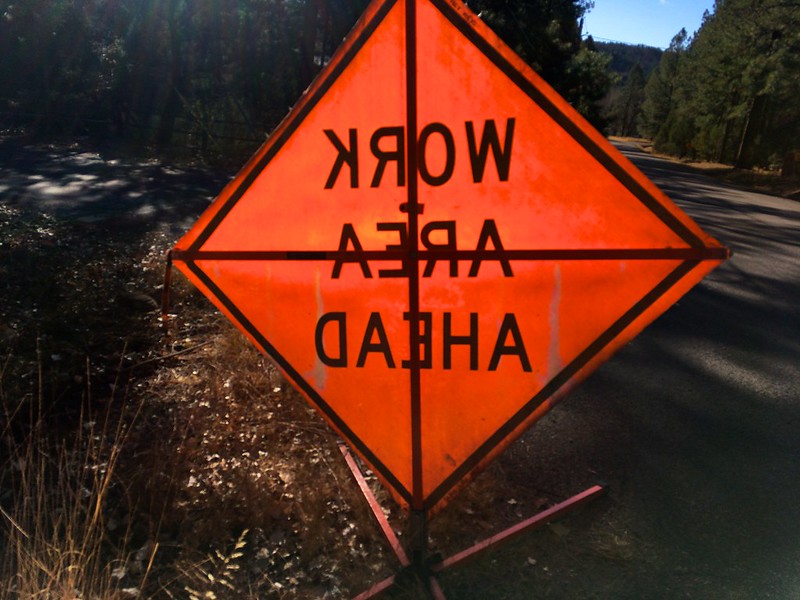

They are also really low-tech, using sometimes ancient and often dull tools on their projects. (These tools, after all, have been in constant use over the course of the thousands of years us humans have been around.)
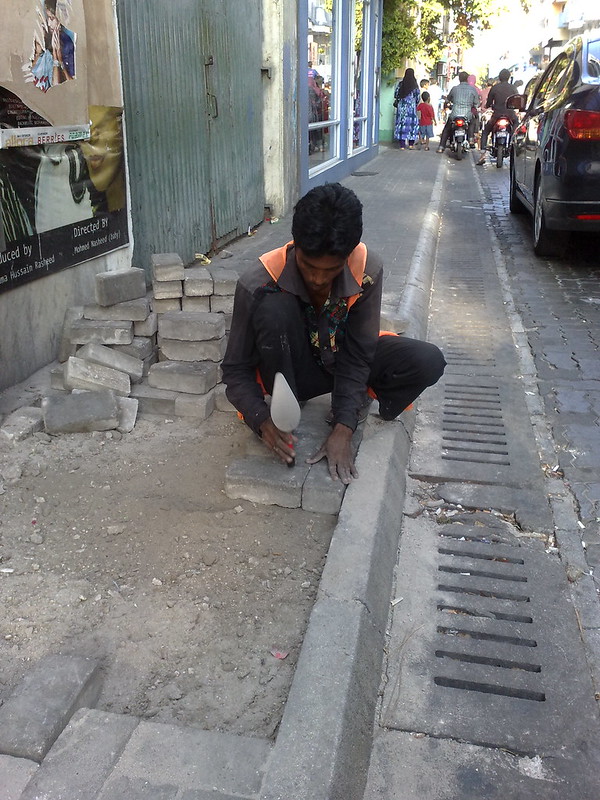
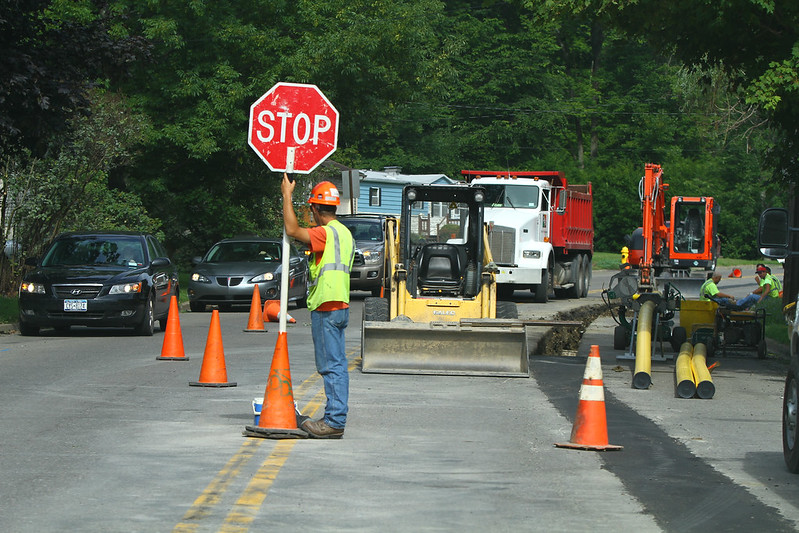
Still, the pathways do get built. (They can get bigger and wider. They also fall apart, end in cul-de-sacs that go nowhere, or they fail. Sometimes they are abandoned. Whatever.)
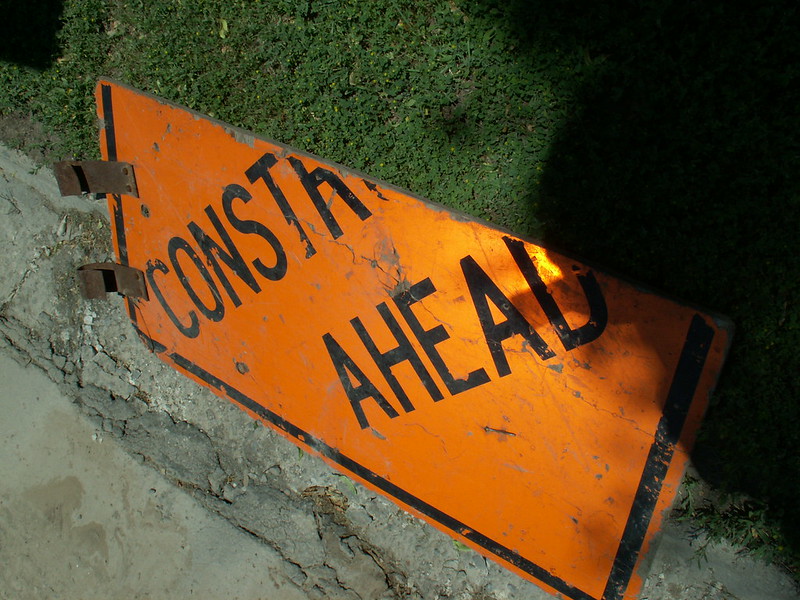
MIND ROAD-CONSTRUCTION (SORT-OF) EXPLAINED
Every day our command-thoughts and nerve impulses go scooting around down these neural pathways zapping a set of muscles or something as they go.
There are natural, built-in feedback loops between our command centers and our body tissues so the body moves we make in response to circumstances and situations outside our body help (or hinder) the efforts of all the neural pathway road crews who are hard at work doing their thing.
If you start consistently doing a new thing that involves the same set of physical body movements done over and over again, an exciting thing happens.
Over time, the road crews start making new pathways so it becomes easier for your thoughts and impulses to trigger your muscles and tissues into doing your new preferred behaviors.
Eventually your body will be able to manifest a new pattern of behavior that will require almost no actual hard thinking from you.
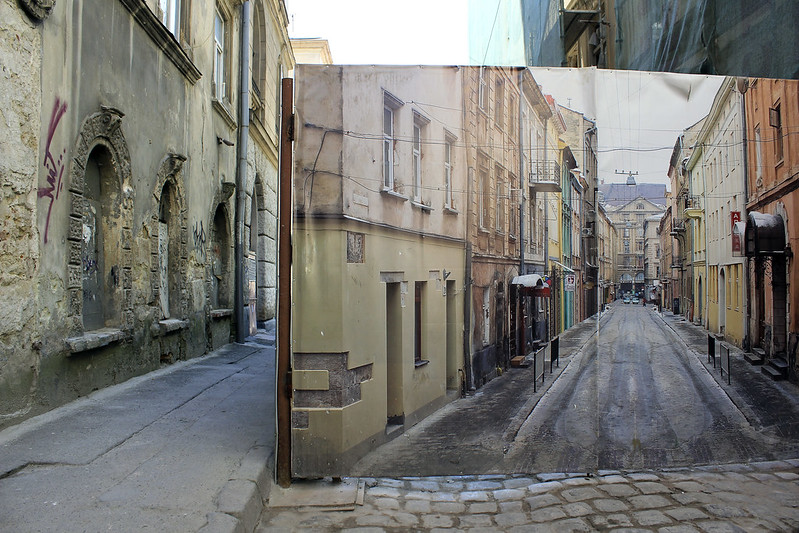
You get to be that starship commander who was always telling his people, “Make it so!” You get to be the “get-‘er-done” guy or gal.
Also, it gets a lot easier for you to keep on using the newer pathways. Your reward is being able to do more stuff that affects the consensus world around you in ways that are satisfying to you.
And, maybe some of the other, older pathways (like the one that had you reaching for that mind-numbing pill or drink or that lovely new pair of shoes or an entire cheesecake or placing that one-in-a-million chance bet) get abandoned as a result.

WHEN CRISES STRIKE
When you get rocked by some disaster or a series of cataclysms in your outer world, your brain may fall back on using old pathways, which, of course, will affect how your body responds to the effects of the new-to-you catastrophe. You may start reusing old mindsets and patterns of behavior in your attempts to cope with the new set of circumstances.
It’s likely that these older default patterns of behavior won’t work very well. (Probably, this was why you tried so hard to change the patterns in the first place.) It’s also why rampant recidivism is a fact of life.
Anyway, when that happens and you find yourself having to make some major life transition or other, all the assorted advisors in your life (the guys in the lab coats, the ancient wise guys, and assorted other know-it-alls) tell you that you have to stop, step back and reflect, ponder and just think about what you are going to do next.
That’s when it’s really important to “reset your mindset,” it says here.
UMMMM….WHAT ARE “MINDSETS” ANYWAY?
In case you don’t know, “mindsets” are collections of related thoughts and body moves that make up the various ways that people walk through the world. Mindsets are very much like road-maps of the patterns of behaviors that you’ve used to build up your systems and ways of walking.
If you’re into it, you may also collect various good ideas by taking note of the ways other people walk. It’s a good thing to do that because it means more building material for you to use when you build your own pathways.
By being aware of the mindsets you and other people use to walk in the world, you can actually build up a library of the things in your mind. You can go to that mindset library (we call it “memory”) and look over the options and ways of moving that you’ve collected.

ONE AUTHENTIC TAKE ON A MIND AND BODY IN TRANSIT
Mel Robbins is a world-renowned life-coach. Recently, in the middle of dealing with the effects of the changes wrought in her life during this year of the Great Pandemic, she uploaded this birthday vlog post, “Today is my 52nd birthday and, honestly, I feel lost….”
Robbins shares her thoughts and her feelings as she faces multiple challenges that require her to transition away from the life she has already built which she has enjoyed very much.
She tells us the steps she has decided she is going to take to get past her own turmoil so she can move herself forward to a new chapter in the story she is making.
Her five steps are these:
- Recognize and name the feelings you are experiencing in order to help you get back to clarity.
- Move your body so you can get the feelings out of your body.
- Do one thing that makes you happy.
- Do a brain dump – write out your thoughts and find out what you’re thinking by using that pencil.
- Use the mantra, “This is temporary.”
And then she adds one more: Force yourself to start dreaming again. “Dream big,” she says, and she points out that your new dream can help pull you forward out of your sad and overwhelmed state of mind.
This life hack is a good one. It even has the Good Scientific Research Seal of Approval. All the stuff she suggests that you do has been proven to work by assorted scientific studies at one time or another.
I have actually used these suggestions my own self (more times than I like to remember), sometimes with very good results. It works fine when the world-changes are not too radical and not stacked too deep.
A CAVEAT OR TWO ABOUT MIND “RESET BUTTONS”
I do notice, however, that when the events are unfamiliar and new-to-you or when there are too many of them happening all at once, it can quickly become evident that you don’t actually HAVE routines, habits, or actions that you can fall back on, that you know will help you make it past all the confusion and angst you may be experiencing.
The biggest problem with this whole “mindset reset” thing is that, for real, we humans actually do not come equipped with a reset button that automatically activates a switch which can instantaneously put us into a head-space that will allow us to deal effectively with a new-to-us major upset.

A lot of us don’t put the time and effort into building a reset mechanism that we can use in these kinds of situations. Many of us don’t even know that we can actually do that.
So, panic ensues when you feel like you’re skiing down some steep mountain slope ahead of an avalanche. Your internal road crews trip all over each other and run around crazy. They often get buried under the avalanche. ARGH!

It’ll be hard going at first, but it will get easier. (That’s just how it works.) The story will continue and you are still going to be the one who makes it happen.
As Robbins says, this here thing is only temporary. More is yet to come. (You can tell THAT is so because you’re still alive.)
It does take time and effort to get on with doing whatever you decide you need to do to get out of whatever mess you got pitched into. There will be missteps. You can try stuff out. Sometimes it works; sometimes not. And you do go on.
ONE MORE TAKEAWAY
The thing I got out of all this mulling around and making up stories is an appreciation for the power of developing your awareness of the worlds inside and outside of yourself as well as the value of the attitudes and mindsets you cling to as you do your walk-about.
I fell in love with this cute and cheery little award-winning animated short film called “Head Up”. It was put together by director Gottfried Mentor and his crew and uploaded to YouTube in 2016 by FilmBilder and Friends. It stars a couple of goofy goats.
Maybe there’s a lesson in there somewhere. For sure there is a smile.
And here’s a poem:
SHEDDING STRATEGOS
I make stories in my head
Of what might be and how.
Sometimes all the dreaming
Covers over what is now.
Strategos, the warrior-mind,
Plans out every step.
At moves and counter-moves
It is particularly adept.
My training has made me so.
My need to map it all out
Arises out of a lifetime full
Of fears, desires and doubt.
The wanting and the need
To always be the best,
To make a mark – some impact –
To be better than the rest.
To lay this all aside
Is a challenge I now face.
The path I have chosen
Leads me to a different place.
I am going back to wonder,
To beauty and to awe,
And I am shedding all the armor,
Standing in the raw.
It’s scary, this thing I am doing.
And, sometimes, I question why
There is this need inside me
To take this path…to try.
But, I have tried the other,
I gave it my best shot.
It left me lost in darkness,
My heart squeezed down to a clot.
This road that I am taking
Leads me to the light,
And I guess I’ll just keep trying
To stay ahead of fright.
By Netta Kanoho
Header photo credit:. “NTS path restoration” by nineonesix via Flickr [CC BY-NC-SA 2.0]
……
SOME OTHER POSTS TO EXPLORE:
(Click on each of the post titles below and see where it takes you…)
……
Thanks for your visit. I’d appreciate it if you would drop a note or comment below and tell me your thoughts.
12 thoughts on “MINDFUL ROAD-BUILDING”
Wow, what a powerful article about mindful road building. It really got me thinking about what I have going on in my head.
I remember seeing that update from Mel Robbins as well. She’s one of those people we assume has it all together all the time because of the business she’s built, but it goes to show we are all humans who are learning and growing each day. I love her five-second rule for beating procrastination 🙂
I really enjoyed your article and will read some more very soon!
Emma, thanks for your visit and for sharing your thoughts. You are right. We do assume that the people who are coaches and advice-givers have their lives super-together all the time. I thought it was a wonderful thing that Robbins shared her vulnerability with her viewers…and a lot brave.
Please do come again….
I loved your approach to this topic. It is truly amazing how our brains are wired and how we work. Our brain’s capacity is far greater than we think. And our mental and emotional states matters so much to us throughout our lives.
But the good thing about mindset and habits is that it is something we can practice, adjust and improve if we want to and allow ourselves to do that.
Personally I have experienced many life altering things in my life that have forced me to rewire, reprogram, renew and work through to get where I am mentally and emotionally today.
Mel Robbins Life hacks are good and useful. First time I’ve heard them, but they remind me of what many coaches and old philosophers have said.
I loved how you said we are building a mind library. I believe we already have this mind library. All we do is activate and brush off the dust of old books in the library.
Beautiful poem. I could truly relate to it.
Hilde, thanks for your visit and for sharing your thoughts. I am so glad the post resonated with you…and, of course, I do agree with your thoughts as well.
Please do come again….
Crisis are good if, and only if we’re able to handle them. Crisis are an opportunity to grow. And they bring out the best out of us… or could bring. Self awareness is key. We need to identify our emotions and work on them so we can think clearly and in a more optimistic way.
Thanks for this post. I really enjoyed it.
Ann, thanks for stopping by again and for sharing your thoughts. I do appreciate it.
Please do come again.
Thanks for sharing this information with us Netta. Isn’t it so interesting how the human mind works?
Sometimes we get so engrained in these habits or thought patterns that its hard to break unless we’re faced with a situation that forces us to adapt and a lot of the times we do.
Sometimes all it takes is to take a step back and view things from the outside in to really make some changes.
Rachel, thanks for your visit and for sharing your thoughts. You are, I think, very right.
Please do come again.
I truly quite enjoyed your piece. I liked how detailed it was about a not-so-known subject that not everyone is talking about, and how you had the ability to turn that into a comprehensive summary.
The human brain is so complex and powerful that it can sometimes seem like there’s nothing really to have control over, and while some of that is true, we can indeed manipulate our brains into whatever it is that we expect from them.
Stephanie, I do like the way your thoughts are trending. Thanks for the visit and for sharing your thinking.
Please do come again.
Dear Netta,
What an enlightening read! Your exploration of building neural pathways and the analogy of road construction crews within our minds is both insightful and entertaining. The comparison of our thoughts and impulses to pathways that can be constructed, altered, or even abandoned adds a fascinating dimension to understanding our cognitive processes.
Your storytelling approach makes the intricate concept of mindset reset accessible and I appreciate the humor injected into your narrative. The vivid imagery of these tireless, sometimes confused road crews working 24/7, maintaining and building new pathways, resonates well with me,
I particularly enjoyed the real-world application of the “mind road-construction” analogy, especially in times of crises. Your incorporation of Mel Robbins’ steps for navigating life transitions provides a practical touch, and the caveat about the absence of a “reset button” is a sobering reminder.
Thank you for sharing your unique perspective and weaving it into an engaging narrative. I look forward to more of your insightful stories!
Starlight, thanks for the visit and for sharing your thoughts. I’m glad you thought the road-building analogy was useful.
Please do come again.